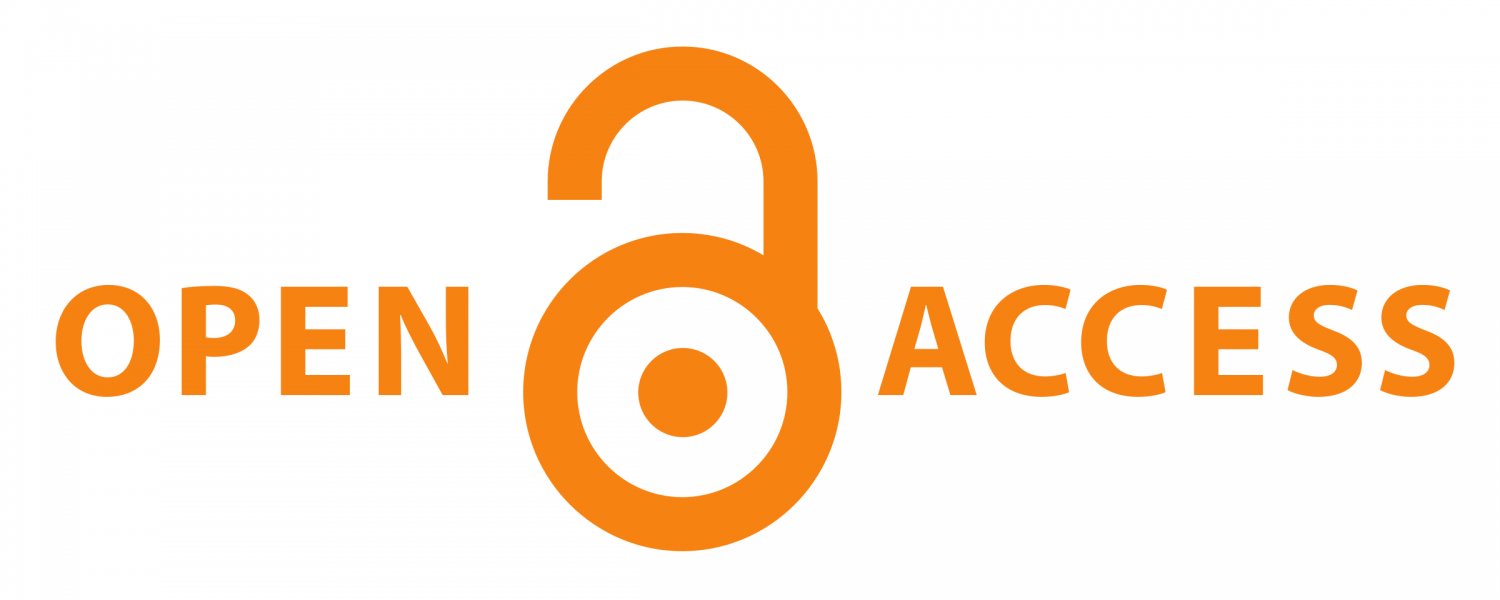The Impact of Generative AI on Student Engagement and Ethics in Higher Education
DOI:
https://doi.org/10.70715/jitcai.2024.v1.i1.004Keywords:
Artificial, Intelligence, Education, Student, Perceptions , AI, Literacy, EthicsAbstract
The rapid adoption of Artificial Intelligence (AI) in higher education is reshaping students’ learning experiences, with tools such as ChatGPT, Grammarly, and Microsoft Copilot becoming integral to academic work. This study, informed by data from the Digital Education Council Global AI Student Survey 2024, examines the impact of AI on students, focusing on usage patterns, trust in AI-generated content, ethical awareness, and expectations for institutional support. Findings indicate that 86% of students use AI for various academic tasks, with a majority expressing concerns about trust, fairness, and over-reliance on AI. While students value AI’s benefits, only 5% are fully aware of institutional guidelines on AI use, and 72% desire more AI literacy courses, reflecting a significant need for comprehensive support in navigating AI responsibly. The study underscores the importance of clear ethical guidelines, faculty training, and student involvement in AI policy formation to foster responsible AI use and preserve academic integrity. These insights offer valuable guidance for educators and policymakers seeking to integrate AI ethically and effectively into higher education.
Downloads
References
[1] H. Crompton and D. Burke, “Artificial intelligence in higher education: The state of the field,” Int. J. Educ. Technol. High. Educ., vol. 20, no. 1, p. 22, 2023, doi: 10.1186/s41239-023-00392-8. DOI: https://doi.org/10.1186/s41239-023-00392-8
[2] Digital Education Council, “Global AI Student Survey 2024,” Digital Education Council, 2024. [Online]. Available: https://www.digitaleducationcouncil.com/post/digital-education-council-global-ai-student-survey-2024.
[3] M. Bond et al., “A meta systematic review of artificial intelligence in higher education: A call for increased ethics, collaboration, and rigor,” Int. J. Educ. Technol. High. Educ., vol. 21, no. 1, p. 4, 2024, doi: 10.1186/s41239-023-00436-z. DOI: https://doi.org/10.1186/s41239-023-00436-z
[4] O. Zawacki-Richter, V. I. Marín, M. Bond, and F. Gouverneur, “Systematic review of research on artificial intelligence applications in higher education – Where are the educators?,” Int. J. Educ. Technol. High. Educ., vol. 16, no. 1, p. 39, 2019, doi: 10.1186/s41239-019-0171-0. DOI: https://doi.org/10.1186/s41239-019-0171-0
[5] Marengo, A. Pagano, J. Pange, and K. A. Soomro, “The educational value of artificial intelligence in higher education: A 10-year systematic literature review,” Interact. Technol. Smart Educ., vol. 21, no. 4, pp. 625–644, 2024, doi: 10.1108/ITSE-11-2023-0218. DOI: https://doi.org/10.1108/ITSE-11-2023-0218
[6] M. Castillo-Martínez, D. Flores-Bueno, S. M. Gómez-Puente, and V. O. Vite-León, “AI in higher education: A systematic literature review,” Front. Educ., vol. 9, p. 1391485, 2024, doi: 10.3389/feduc.2024.1391485. DOI: https://doi.org/10.3389/feduc.2024.1391485
[7] F. AlDhaen, “The use of artificial intelligence in higher education – Systematic review,” in COVID-19 Challenges to University Information Technology Governance, Springer, 2022, pp. 269–285, doi: 10.1007/978-3-031-13351-0_13. DOI: https://doi.org/10.1007/978-3-031-13351-0_13
[8] P. Hamet and J. Tremblay, “Artificial intelligence in medicine,” Metabolism, vol. 69, pp. S36–S40, 2017, doi: 10.1016/j.metabol.2017.01.011. DOI: https://doi.org/10.1016/j.metabol.2017.01.011
[9] L. Chen, P. Chen, and Z. Lin, “Artificial intelligence in education: A review,” IEEE Access, vol. 8, pp. 75264–75278, 2020, doi: 10.1109/ACCESS.2020.2988510. DOI: https://doi.org/10.1109/ACCESS.2020.2988510
[10] S. Hrastinski and S. Stenbom, “Student–student online coaching: Conceptualizing an emerging learning activity,” Internet High. Educ., vol. 42, pp. 44–52, 2019, doi: 10.1016/j.iheduc.2019.05.002.
[11] D. Dever and K. Karahalios, “AI in education: A survey,” J. Educ. Technol. Syst., vol. 49, no. 1, pp. 1–23, 2020, doi: 10.1177/0047239520934013.
[12] Baykasoğlu and İ. Gölcük, “Development of a decision support system for evaluating educational programs,” Comput. Ind. Eng., vol. 115, pp. 389–401, 2018, doi: 10.1016/j.cie.2017.11.026. DOI: https://doi.org/10.1016/j.cie.2017.11.026
[13] E. Çağataylı and E. Çelebi, “Predicting academic success with machine learning: A case study in engineering education,” IEEE Trans. Educ., vol. 65, no. 2, pp. 153–160, 2022, doi: 10.1109/TE.2021.3116598.
[14] E. Verdú, L. M. Regueras, M. J. Verdú, J. P. de Castro, and M. A. Pérez, “An analysis of the research on adaptive learning: The next generation of e-learning,” IEEE Trans. Educ., vol. 60, no. 2, pp. 151–160, 2017, doi: 10.1109/TE.2016.2607695.
[15] M. Montebello, “AI in education: The shift from content to process,” Int. J. Artif. Intell. Educ., vol. 28, no. 3, pp
[16] M. Malik and F. Janjua, “Artificial intelligence: A new paradigm in education,” J. Educ. Technol. Soc., vol. 22, no. 3, pp. 1–10, 2019, doi: 10.1109/ACCESS.2019.2900300. DOI: https://doi.org/10.1109/ACCESS.2019.2900300
Downloads
Published
Issue
Section
License
Copyright (c) 2024 Ahmed Al Zaidy (Author)

This work is licensed under a Creative Commons Attribution 4.0 International License.














